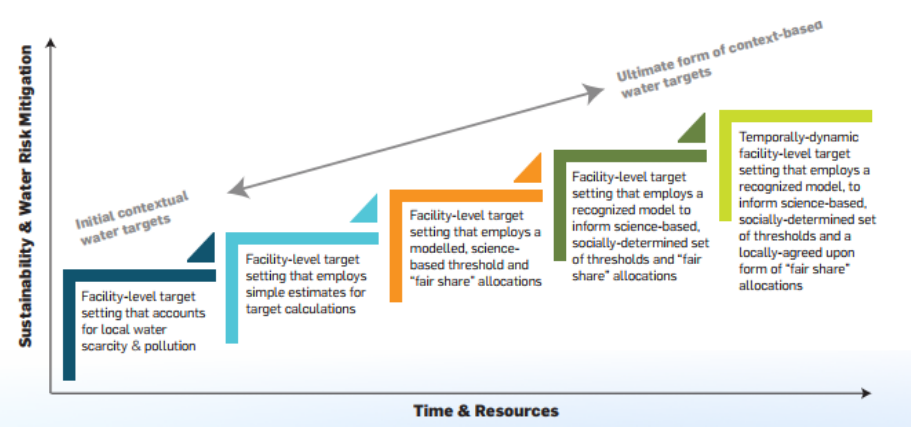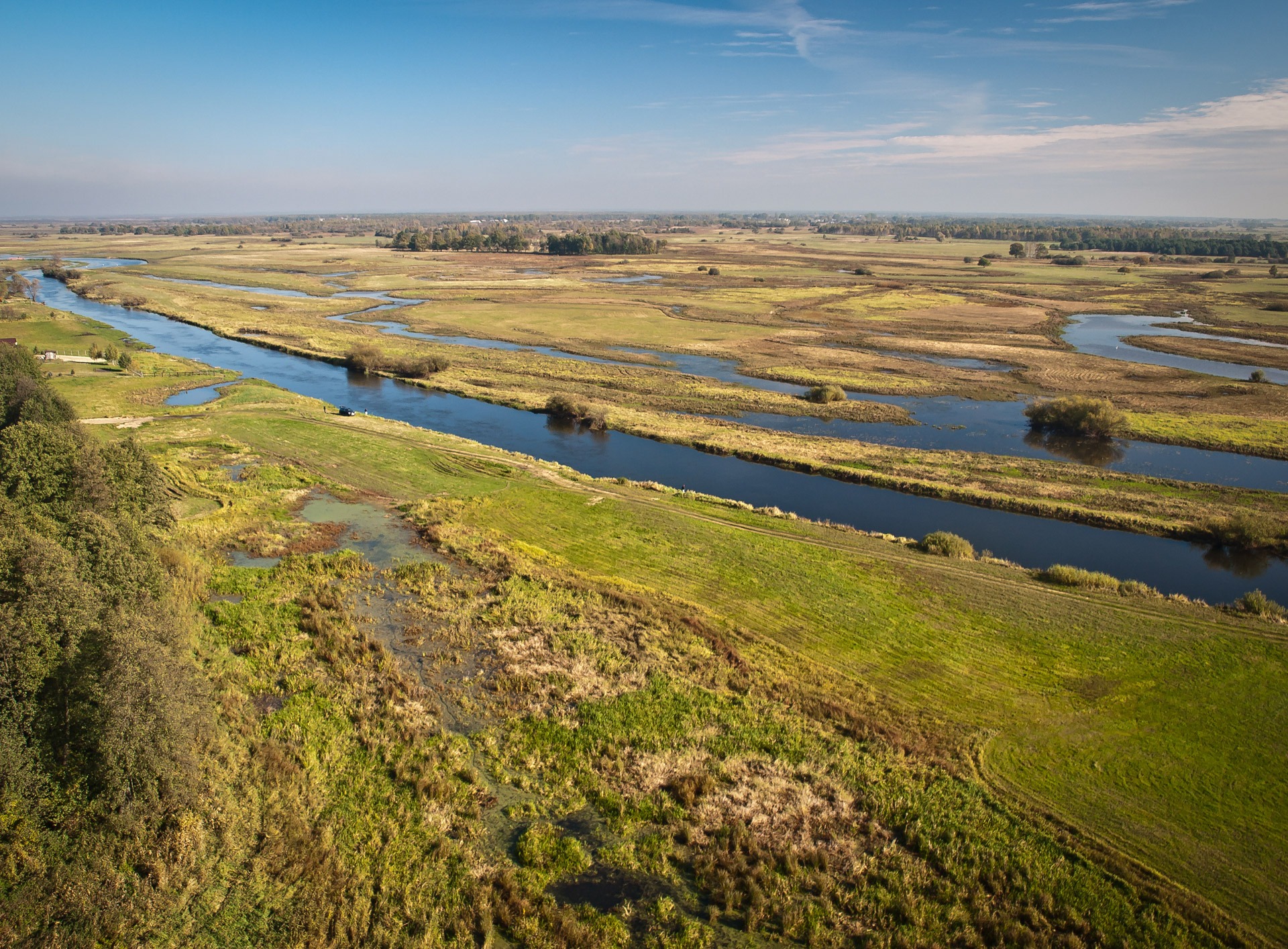By Morgan Campbell
What do the drinking water crisis in Flint, Michigan, destructive monsoon flooding in Mumbai, India, Hurricane Harvey’s devastating storm surges in Texas, the recent five-year California drought, and the hypoxic dead zone in the Gulf of Mexico all have in common? They are all water risk events. Although they are characterized by differences in geography, they show water risks faced today are as diverse as the world’s topography and precipitation patterns. And while global pollutants, such as carbon or chlorofluorocarbons, can be addressed by global reduction initiatives, the inherently local nature of water risk requires that we weave together localized solutions to protect the future sustainability of water resources.
With global climate change increasing the magnitude and frequency of extreme water events, both the public and private sectors face water-related uncertainty. In the last ten years, the global business community has become increasingly aware of the role it plays in protecting water resources. Since 2007, over 140 companies have demonstrated their commitment to reducing water risk via water stewardship by endorsing the UN Global Compact’s CEO Water Mandate, for which the Pacific Institute is the co-secretariat. Endorsing companies are required to disclose an annual Communication on Progress (COP) document, publicly describing their water stewardship goals and progress towards those goals. Through a progress on water metrics and targets, companies can reduce their physical, regulatory, and reputational water risk, effectively protecting supply chain viability, brand reputation, and permission to operate.
“In the hypothetical case study, water stress threatened operations by requiring dependence on an unreliable source of imported and brackish groundwater.”
The business community’s collective recognition of the value of water stewardship metrics and targets is a critical first step. Additionally, defining a new, more impactful generation of metrics and developing an approach to set meaningful targets — based on the local context and guided by the best available science — would help ensure long-term business growth in the face of increased competition and depletion of water. The concept of context-based water targets (CBWTs) was born in an effort to develop a common approach for companies operating in a variety of geographies to align their water stewardship efforts towards long-term risk mitigation. Developed by CDP, CEO Water Mandate, The Nature Conservancy (TNC), the World Resources Institute (WRI), WWF, and UNEP-DHI, the initial CBWT report emphasizes that metrics and targets should be informed by the best available science on hydro-ecological conditions at the basin level, informed by contextual social needs, and aligned with local to global public policy objectives.

A concept map of the evolution from initial contextual water targets to context-based water targets. Source: “Exploring the Case for Context Based Water Targets” (April 2017)
The importance of basin context (also known as watershed or catchment context) in setting meaningful metrics and targets was underscored when the Pacific Institute prepared a hypothetical case study to present to corporate partners at Stockholm World Water Week. The case study was developed to begin to walk through the logic of developing context-based metrics. The Pacific Institute used a hypothetical beverage production company located in the Santa Ana watershed of Southern California to explore a context-based approach. In the hypothetical case study, water stress threatened operations by requiring dependence on an unreliable source of imported and brackish groundwater. By developing a sound scientific understanding of the basin and quantifying both use and the basin’s sustainability limits, the case study enabled the Pacific Institute to identify metrics and to make recommendations to reduce the water quality, supply, and political risks facing the company. Challenges around the context-based approach employed in this case study include more accurately translating the sustainability limits of the basin to relevant metrics and connecting metrics to a meaningful targets approach.
The logic underpinning CBWTs is to help companies ensure their efforts are contextually relevant and align with public policy, including the Sustainable Development Goals. The Pacific Institute and associated project partners are still in the process of developing the specific approach for setting CBWTs, and welcome corporate partners interested in piloting the guidance, providing feedback, and helping to develop case studies.
If you are interested in learning more, please read the discussion paper and contact us to get involved.


